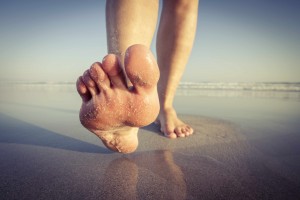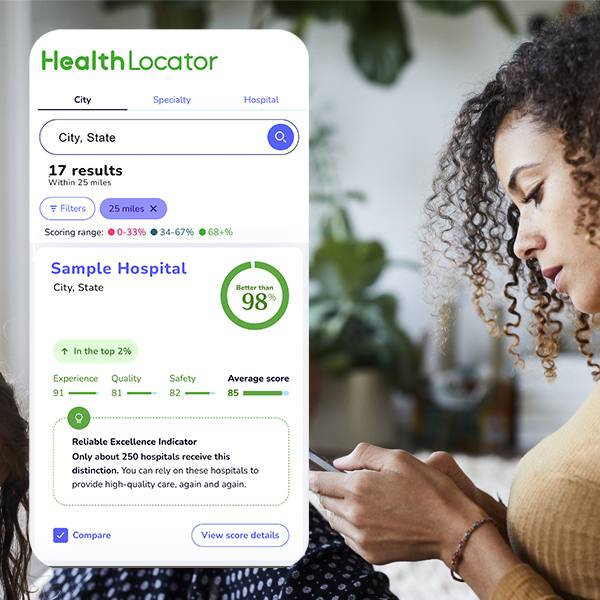DEAR MAYO CLINIC: Are minimalist shoes safe for running? I can’t seem to find other shoes that work well for me, but I’m worried that I’m going to do long-term damage to my feet if I wear minimalist shoes.
ANSWER: Minimalist shoes, also known as barefoot shoes, can be a good choice for some runners. But they are not right for everyone. You need to be particularly careful with them if you have had foot problems or injuries in the past. It is a good idea to talk to your primary care provider or to a sports medicine specialist before you start using minimalist shoes to help decide if they are right for you.
Minimalist shoes have become more popular recently as a result of growing enthusiasm for barefoot running. These shoes are lower to the ground, lighter and less cushioned than traditional running shoes. They are designed to provide some protection for your feet while offering some of the desirable aspects of barefoot running.
The design of minimalist shoes follows the natural form of your foot and toes, making them look more like gloves than shoes. In fact, based on their appearance, some people refer to them as five-toe shoes. In contrast, traditional running shoes usually have a thick sole and elevated heel. They tend to focus on stability and cushioning.
Both kinds of shoes have some risks associated with them. Although traditional running shoes may be more comfortable and provide more support to your feet, there is no evidence that these shoes prevent injuries. In some people, they actually may increase the risk of injury.
While you may reduce some of the risks of traditional running shoes by using minimalist shoes, you still may be at risk for foot or leg injuries when wearing minimalist shoes, too. For example, because the way your feet hit the ground tends to be different when you are running in minimalist shoes, it usually takes some conditioning for the muscles in your feet and legs to adjust to them. So to decrease your risk of injury in minimalist shoes, start slow.
At this time, the long-term risks and benefits of running barefoot, or running in minimalist shoes, are unclear. More research is needed to determine their overall safety. Many runners do, however, opt for minimalist shoes and use them without any problems.
If you prefer minimalist shoes, make sure you find ones that are comfortable and fit the anatomy of your feet. Several types of barefoot-inspired minimalist shoes are available, so you may need to experiment with different styles to find the one that works best for you. When you are buying these shoes, consider going to a store that specializes in running shoes and has experienced staff that are knowledgeable about running.
For people new to running in minimalist shoes, it is a good idea to start on softer surfaces, such as a cushioned track. This allows your feet to get used to the minimalist style while lowering your risk for injury as you are learning to use them.
If you have had problems with foot or leg injuries in the past due to running, make an appointment with your doctor to discuss your running shoe options. Or, if you have access to a sports medicine center, you may want to work with a specialist there to evaluate your running. A video analysis of your running technique by a physical therapist can be especially helpful to analyze your running motion in more detail and identify possible flaws which could contribute to injury. Based on that evaluation, you may be able to make a more informed decision about whether minimalist shoes are a good option for you. — Edward Laskowski, M.D., Sports Medicine Center, Mayo Clinic, Rochester, Minn.







